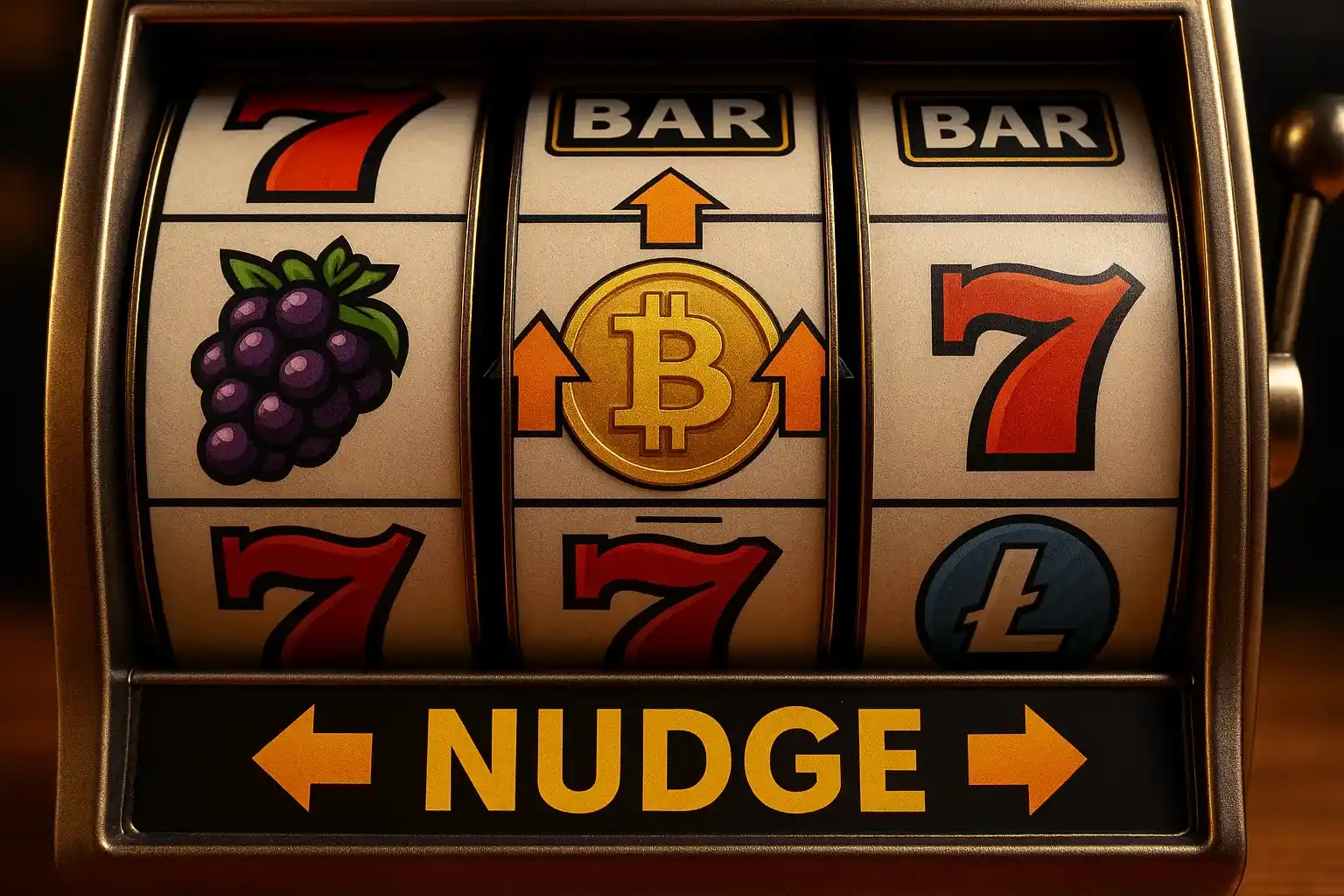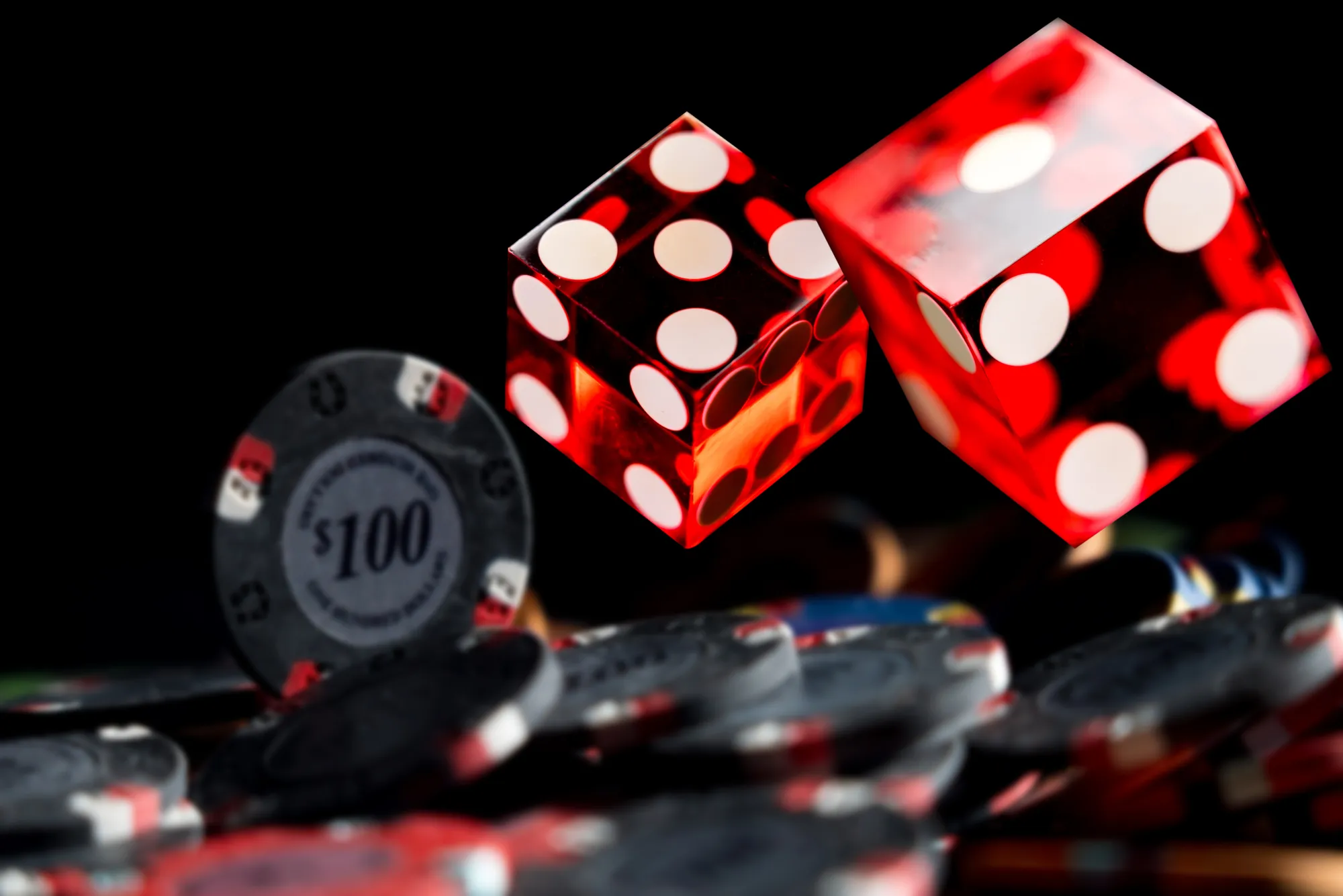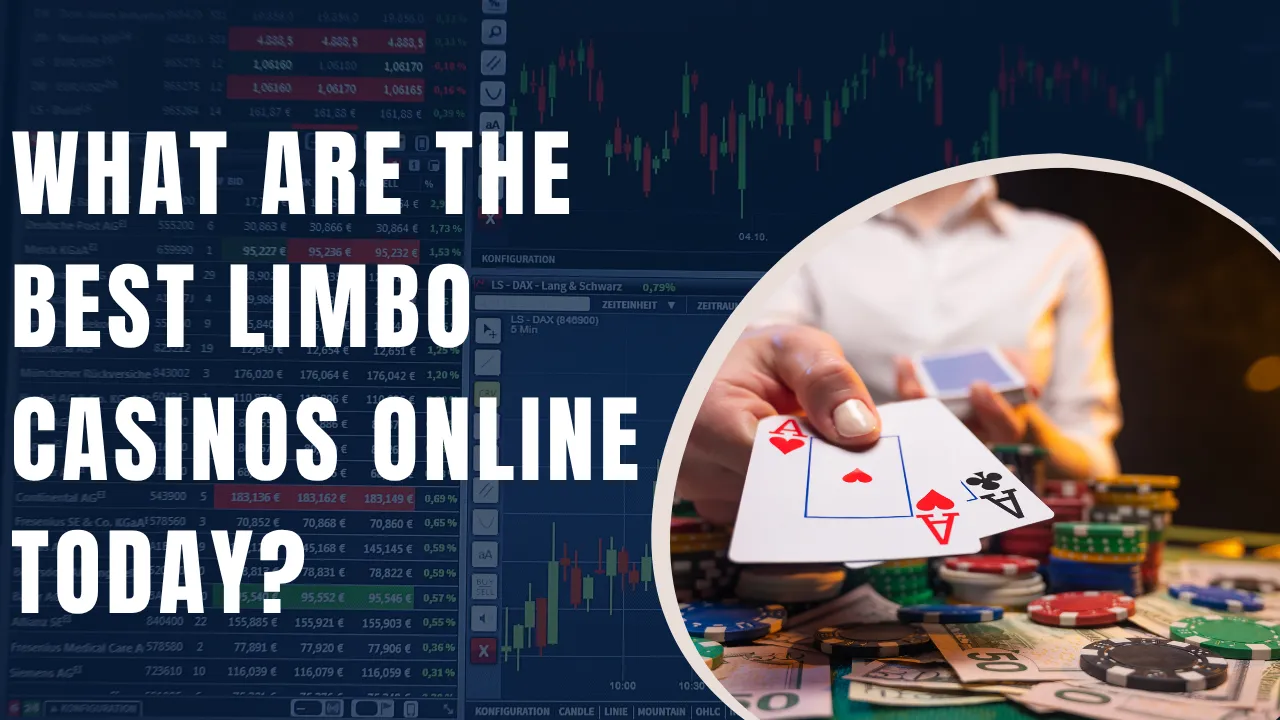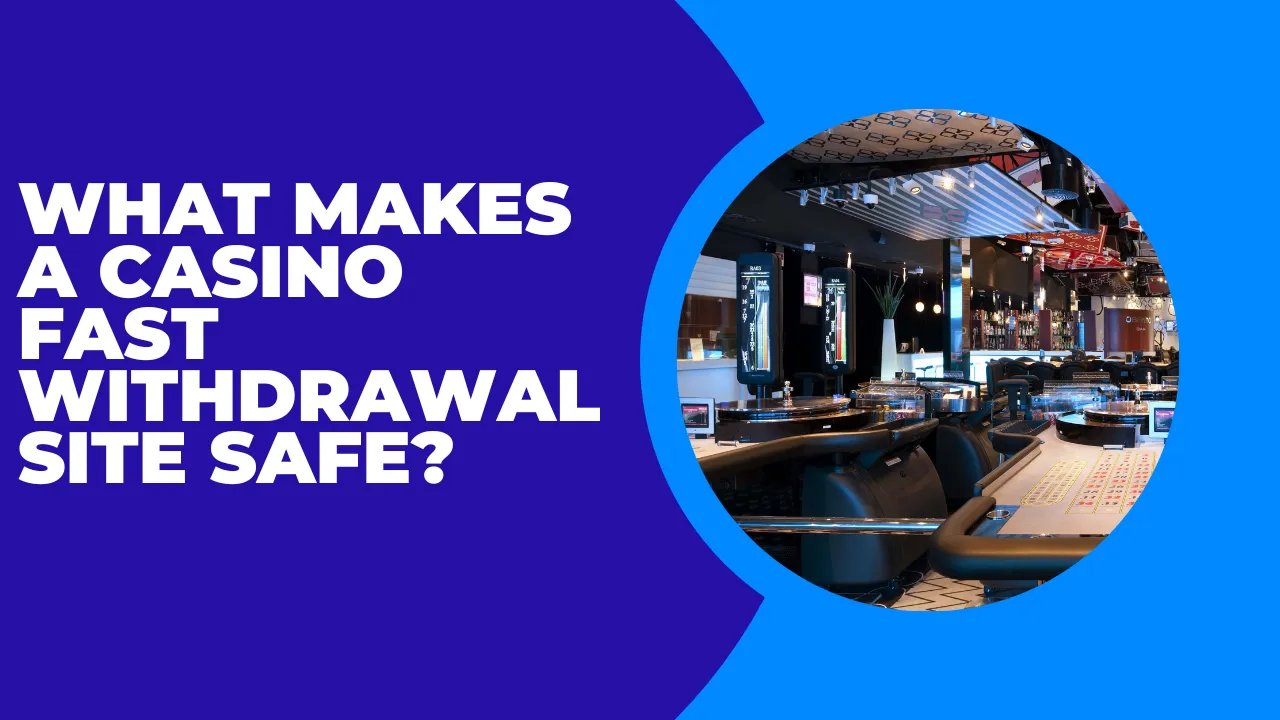Understanding the nudge mechanic is like lifting the hood on a classic fruit machine and finding a modern algorithm quietly cooperating (or refusing) to help you line up that last elusive symbol. If you’ve ever stared at a reel set with a jackpot icon sitting just above or below the payline and thought, “If only I could bump that reel one stop,” you’ve already grasped the emotional core of nudges. This article unpacks what a nudge function really is, where it came from, how today’s digital slot engines implement it, the maths and psychology behind it, and how you can evaluate its real value—especially in a market now cross-pollinated by crypto, feature-rich video slots, and hybrid promotional layers.
The nudge began as a tangible post-spin interaction on electro-mechanical fruit machines: a controlled incremental reel movement granted randomly or as a skill-like reward. Today, software emulates the same suspenseful micro-adjustment, sometimes chaining multiple nudges, sometimes combining with holds, respins, or expanding symbols. The tension lies in the near miss—you witness proximity to a winning line, then watch the machine decide whether to grant agency.
In modern multi-channel environments—particularly when researching ecosystem comparisons like top crypto betting sites—understanding how nudge-enhanced volatility and perceived control interplay with bankroll cycles helps you assess which games (or verticals) really merit session time.
Core Definition: What a Nudge Actually Does
A nudge function permits one or more reels (occasionally specific targeted reels) to shift a fixed number of symbol positions—most often one stop per granted nudge—after the initial reel outcome has resolved but before the result is finalized for payout accounting. In regulated digital slots, the underlying random number generator (RNG) determines a full reel outcome first; the nudge is either (a) pre-determined as part of that RNG package (so the final symbol array including any nudged state is fixed at the moment of spin), or (b) selected by a secondary pseudo-random event whose parameters are still constrained so theoretical return to player (RTP) integrity is maintained. Either way, a legitimate nudge does not “cheat in” extra RTP; it merely redistributes how wins are surfaced—concentrating drama into post-spin micro-interactions.
Mechanical Legacy vs. Digital Abstraction
Older pub fruit machines used physical stepper motors with limited symbol bands. A nudge physically advanced a reel one notch. Digital video slots simulate reels as arrays; a “nudge” is a re-indexing of symbol positions. Some titles animate a slow jerk to mimic weight and friction, reinforcing authenticity cues while keeping timelines brisk to support UX retention metrics.
Variants of Nudge Implementation
Some games provide Random Nudges (triggered stochastically), Earned Nudges (awarded via collecting scatter tokens), Cascade Nudges (triggering consecutive reel shifts until no incremental improvement occurs), or Selective Nudges where the most advantageous reel (algorithmically assessed) is automatically adjusted. A minority use Player-Choice Nudges within regulated boundaries, offering a decision tree that slightly gamifies expected value (EV) but usually equalizes outcomes across options to preserve fairness.
Maths & EV: Is a Nudge “Extra” Value?
From an EV standpoint, a nudge’s contribution is embedded in the game’s published RTP. If a slot advertises 96.10% RTP including “nudge feature,” that figure already weights the probability distribution of nudge occurrences and improved line completions. However, nudges can alter volatility sequencing: by rescuing more medium-value line wins just beneath the payline, they may smooth certain dead streaks while also creating emotional peaks when they fail. Developers can tweak symbol strip layouts (e.g., placing key symbols more often directly off-payline) to magnify perceived near-miss drama, then use a moderate nudge frequency to convert a portion of those into actual wins—carefully balancing regulatory scrutiny around exploitative near-miss design.
Probability Micro-View
Suppose a reel has 24 symbol stops and a crucial high-paying icon appears 2 times. Probability it lands exactly one stop away (above or below) from the payline might be engineered (via symbol spacing) to exceed naive uniform expectation. Introducing an average nudge rate of, say, 1 in 12 spins, with a conditional probability of converting a near miss into a win of 18% of those nudge events, yields incremental apparent “saves” without meaningfully altering long-run house edge. The design art is making those 18% feel like “smart intervention,” even though randomness orchestrated availability ahead of the reveal.
Player Psychology: Why Nudges Feel Powerful
Nudges tap illusion of control. You witness potential; a micro-adjustment seems like your agency (even if auto-executed). The feature also leverages the Zeigarnik effect—unfinished patterns stick in working memory, so a suspended near miss heightens salience. Meanwhile, the partial reinforcement schedule (nudges sometimes produce nothing, sometimes a big completion) conditions continued engagement more effectively than consistent small wins alone.
Emotional Cadence
A well-designed nudge system extends the “reveal window”: initial stop → evaluation of near miss → nudge animation → final resolution. This add-on suspense segments one spin into multiple dopamine pulses, often at lower bonus cost per second than launching frequent full-feature rounds. That is economically attractive to studios seeking higher dwell without inflating jackpot contribution funds.
Common Nudge Feature Combinations
Nudge + Wild Expansion
A reel containing a stacked wild positioned just off-screen may be nudged into full view, triggering reel-wide substitution. This creates forced synergy: stacked wild distribution plus nudge probability jointly shape hit rate for multi-line connections.
Nudge + Multiplier Overlay
Some modern titles overlay a dynamic multiplier that only activates if a nudged win forms, distinct from base-line wins. This isolates “nudge value” in player mindspace, exaggerating its perceived yield while keeping absolute occurrence infrequent.
Nudge + Respin Frame
A nudge can finalize a qualifying pattern (e.g., a partial sticky symbol grid), then automatically trigger a respin feature stage. Here the nudge is effectively a gateway event, gating access to a higher volatility sub-mode.
Chain Nudges
Consecutive nudges (left-to-right evaluation) can escalate tension. The system might abort chaining once incremental expected gain turns negative; that limit is opaque to players, but ensures time efficiency and math integrity.
Bankroll Strategy: Optimizing Sessions with Nudge Slots
Because nudge-enhanced games often shift some win density from larger feature rounds to mid-sized line completions, they can produce a mid-volatility curve: more “rescued” mid-tier wins, still punctuated by rare large bonuses. For bankroll planning:
-
Session Goal Clarity: If you seek sustained playtime, nudge titles with moderate hit frequency and advertised “frequent reel nudges” can stabilize runouts compared to ultra-high-volatility bonus-chasing games.
-
Win Tracking: Log spins vs. nudge occurrences; if you observe materially lower nudge frequency than advertised marketing copy suggests, you may be encountering natural variance—avoid chasing by upping stake size impulsively.
-
Stake Calibration: Because nudges sometimes elevate marginal almost-wins into moderate payouts, a slightly lower base stake can maintain psychological satisfaction while preserving bankroll endurance.
Due Diligence: Evaluating a Nudge Slot Before Committing
Published RTP & Volatility Indicators
Check whether the provider lists separate figures for “feature contribution.” Some advanced disclosures break down base game vs. feature EV; while rare, learning to read them helps compare titles with similar overall RTPs but differing experiential flows.
Symbol Strip Transparency
Land-based regulated markets sometimes publish symbol mapping for each reel. Online, this is seldom shown; community data mining or official game sheets (where available) can reveal whether meaningful symbols cluster near one-stop offsets—an indicator of deliberate nudge synergy.
Frequency Claims
Marketing phrases like “nudges occur often” are qualitative. Player communities sometimes crowd-source actual rates (e.g., 7–9% of spins). Treat early personal sample sizes (<2,000 spins) with skepticism due to variance.
Crypto & Cross-Vertical Context
As crypto-integrated platforms broaden offerings, hybrid mechanics (e.g., provably fair verification layers overlaying traditional RNG) experiment with showing cryptographic proofs after each spin. For slots with a nudge, one interesting evolution is publishing a single pre-spin hash that commits both to the raw reel outcome and to any subsequent nudge states. This can reassure mathematically inclined players that the nudge wasn’t opportunistically withheld or granted post hoc. While not yet ubiquitous, expect increasing adoption in environments where transparency is a marketing differentiator.
Responsible Play Considerations
Nudges can intensify near-miss chasing. Set self-imposed rules: define a maximum number of consecutive “failed nudges” (nudges that yield no payout uplift) tolerated before a break. Log emotional state; if a rescue win triggers stake escalation, that’s a red flag of cognitive distortion (misattributing skill). Use reality checks or session clocks to counter elongated reveal sequences that compress time perception.
Design Perspective: Balancing Fairness & Engagement
Developers juggle several levers:
-
Nudge Frequency vs. Impact: Higher frequency demands lower average incremental value per event to stay within math budget.
-
Animation Length: Too slow feels manipulative; too fast erodes suspense. Optimal dwell often sits around 1.2–1.6 seconds for single-step nudges.
-
Audio Cues: Rising pitch “tick” sequences prime expectation; ethical design dampens celebratory audio when a nudge does not improve outcome to reduce conditioning toward unrewarded suspense.
-
Regulatory Recording: Some jurisdictions require logging nudge offers vs. acceptances (if player-choice exists) for post hoc fairness audits.
Future Evolution of Nudge Mechanics
Expect convergence with adaptive personalization: dynamic adjustment of nudge frequency bands within pre-certified ranges to modulate session volatility for different player preference clusters without altering long-term RTP. We may also see symbol-specific nudges where only premium or feature-trigger symbols are eligible; this increases cognitive simplicity (players track fewer possibilities) while enabling targeted game narrative (e.g., “The Dragon symbol can be nudged into place by the wind spirit”).
Augmented reality or haptic peripherals could further deepen the tactile legacy: a gentle vibration when a potential nudge scenario is mathematically “live,” merging physical sensation with digital reveal. Blockchain-proofed pre-spin commitments, as mentioned, can make audit trails more transparent for a demographic increasingly literate in cryptographic fairness arguments.
Practical Takeaways
A nudge function is not a magical win injector; it is a structured reveal mechanic redistributing where and how you perceive value. Judge nudge slots by holistic parameters: RTP, volatility comfort, entertainment pacing, transparency, and how the mechanic aligns with your personal session goals. Track your engagement objectively, view rescued wins as statistical reallocation rather than skill triumphs, and you will derive more sustainable enjoyment—and better bankroll predictability—from the genre.




